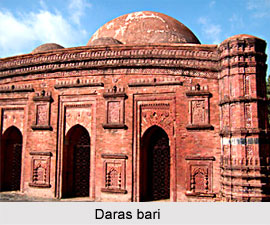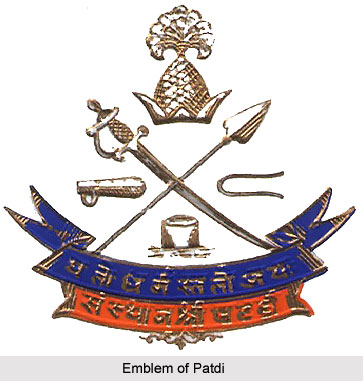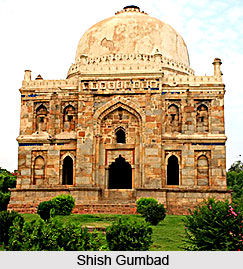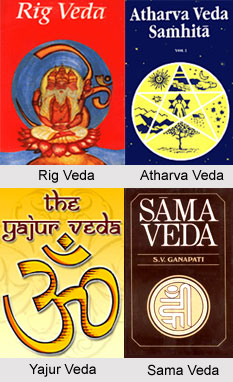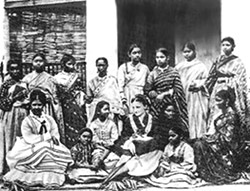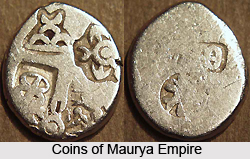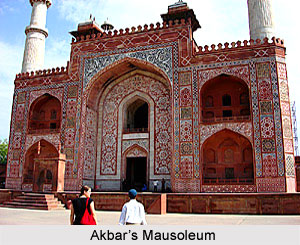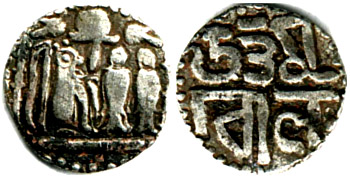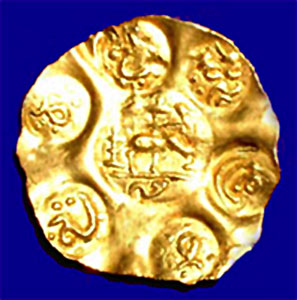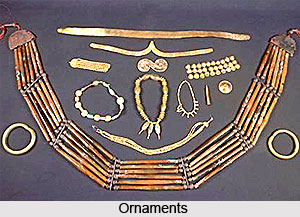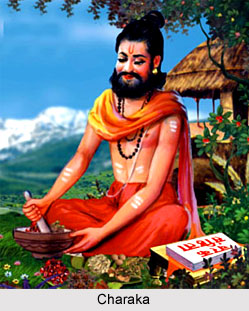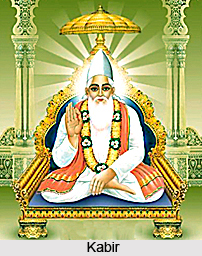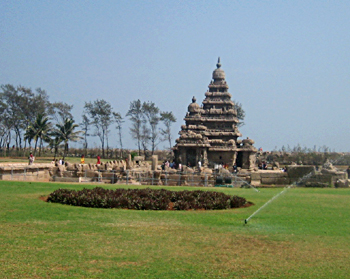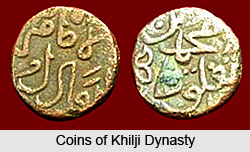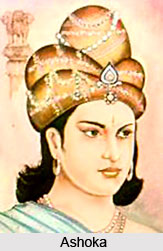The Princely State of Pudukkottai was in the Madras Presidency that existed from the year 1680 to 1948 during the rule of the British Empire in India. Pudukkottai was amongst the 5 princely states which were under political control administration of the Government of Madras. The region consisted of the whole of the present Pudukkottai district, in the state of Tamil Nadu. The latitudes and longitudes of the former Pudukkottai state were 10 degrees 7` to 10 degrees 44`N and 78 degrees 25` and 79 degrees 12` E respectively and covered a total area of 1,178 square miles. The territory is bordered by Tiruchirapalli district on the north and west; by Madurai district on the south; and by Thanjavur district on the east. Since early 19th century, the kingdom of Pudukkottai initiated to have fixed borders, which did not exist until the end of 18th century.
History of Princely State of Pudukkottai
During the Sangam age, Pudukkottai state was ruled by the Chola kings, but later it came under the Kalabhras. The period from 6th century AD to the 14th century AD, the state of Pudukkottai was consecutively ruled by the Pallavas, Cholas and the Pandyas. Later the region was conquered by the Muslim sultans, who were eventually defeated by the Vijayanagara kings. After the disintegration of the Vijayanagara kingdom, the princely state of Pudukkottai was ruled by the Nayaks of Madurai. Later in the year 1680, Raghunatha Tondaiman was appointed as the viceroy.
The first ruler of the state of Pudukottai was Raghunatha Raya Tondaiman. The Tondaiman rulers provided various aid and military support to British and Nawab of Arcot, alsop known as Nawab of the Carnatic in the siege of Tiruchirapally in the year 1752, against Haidar Ali and Tipu Sultan. They even supported the British against the conflicts with the Palaiyakkarars. As a result, the kingdom of Pudukkottai was assigned the status of a princely state by the British East India Company.
Administration of Princely State of Pudukkottai
The princely of Pudukkottai was administered by a council that was led by Raja, and included other members such as the Prime Minister or the Diwan and a Councillor. In the year 1902, a legislative council was set up with almost thirty members, who were nominated by the heads of the departments as well as by public institutions. A Political Agent represented the Government of Madras (now Chennai). The initial Political agent was appointed in the year 1800, and until 1840 the Political agent was generally the Resident at Tanjore. The agent operated as the Collector of Madurai from the year 1840 to 1865 and later from 1865 to 1947, the agent acted as the Collector of Trichinopoly. All the decisions that were taken by the Diwan of the princely were passed to the Government of Madras for approval and eventually the laws were formed.
The Princely State of Pudukkottai was divided into 3 taluks, namely Thirumayam, Alangudi and Kolattur, for administrative purposes. Each of the taluk was under the authority of a Tahsildar, who was primarily responsible for land revenue. The judiciary of the princely state was under the control of the Dewan of Pudukkottai. In Pudukkottain town, there was a Chief Court and 10 Small Cause Courts where also established in the rural areas of the state. The British were not subject to the jurisdiction of the courts and were handled by the Political Agent.
Agriculture and Trade of Princely State of Pudukkottai
Agriculture was one of the prime occupations of the people of the princely state of Pudukkottai. Some of the major products cultivated in the region included cotton, silk and others. Other products included bangles, rush mats, perfumes and bell metal vessels. The main products for exports of Pudkkottai state were groundnuts, acacia bark used in distilleries Nux vomica seeds, perfumes and avaram blocks used for tanning leather. The major imports were rice, salt, tobacco and European goods.
Rulers of Princely State of Pudukkottai
The list of the rulers of the princely state of Pudukkottai are given below-
* Raghunatha Raya Tondaiman (1686- 1730)
* Vijaya Raghunatha Raya Tondaiman I (1730- 1769)
* Raya Raghunatha Tondaiman (1769- 1789)
* Vijaya Raghunatha Tondaiman (1789- 1807)
* Vijaya Raghunatha Raya Tondaiman II (1807- 1825)
* Raghunatha Tondaiman (1825- 1839)
* Ramachandra Tondaiman (1839- 1886)
* Martanda Bhairava Tondaiman (1886- 1928)
* Rajagopala Tondaiman (1928- 1947)
The Diwans of Pudukkottai state are mentioned as follows-
* Seshayya Sastri (1878- 1894)
* S. Venkataramadas Nayudu (1904- 1909)
* Raghunatha Pallavarayar (1909- 1929)
* T. Raghavaiah (1929- 1931)
* G. Holdsworth (1931- 1934)
* Alexander Tottenham (1934- 1946)
* P. Karunakara Menon (1946- 1948)


